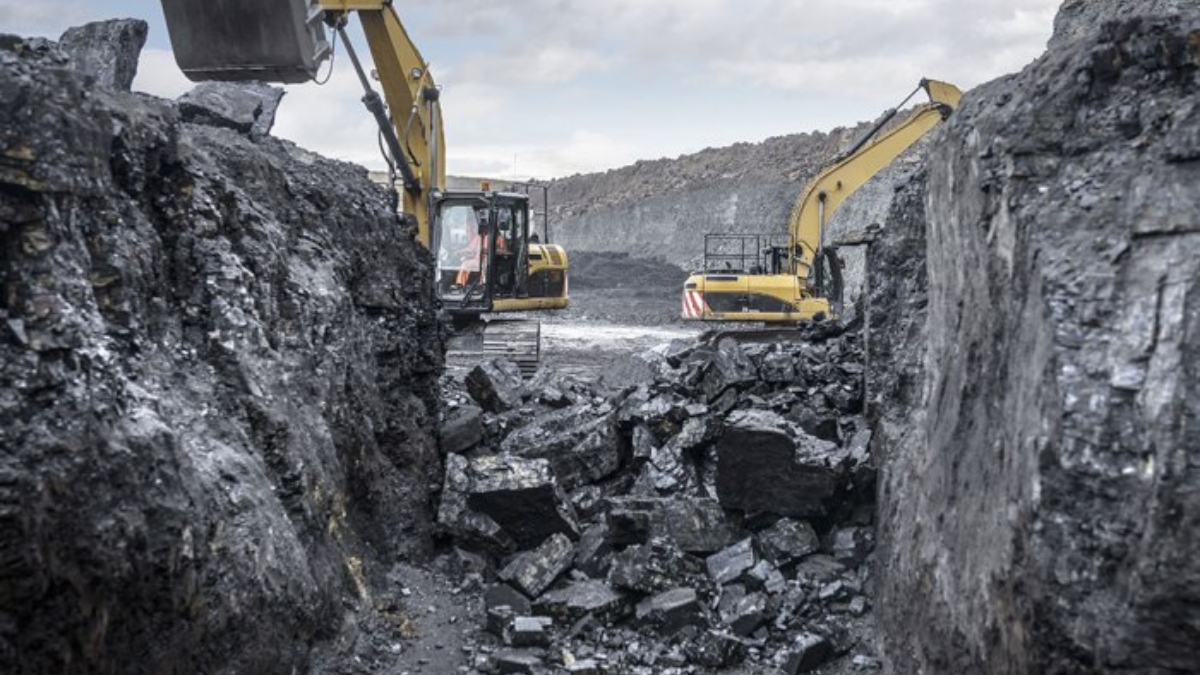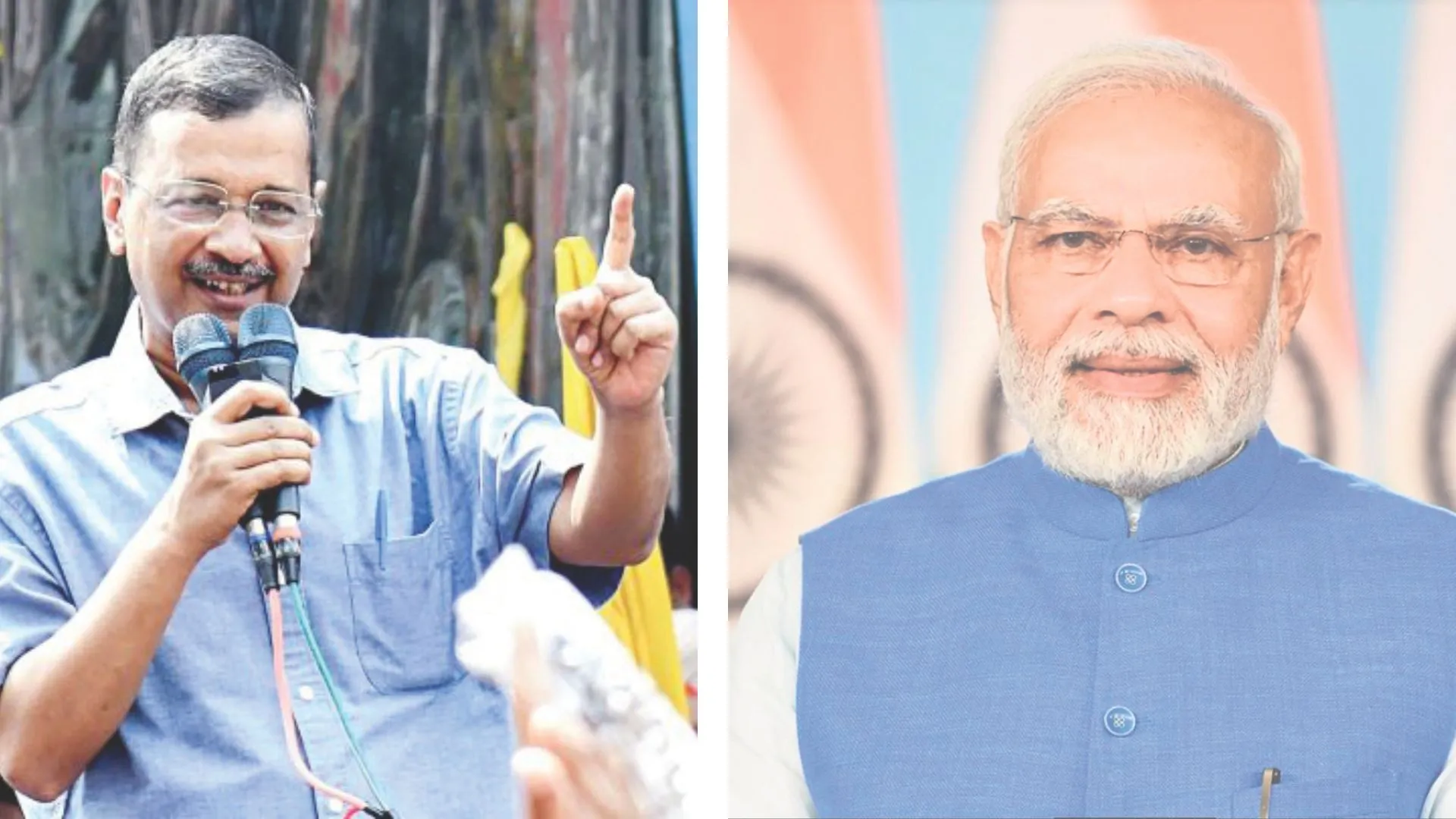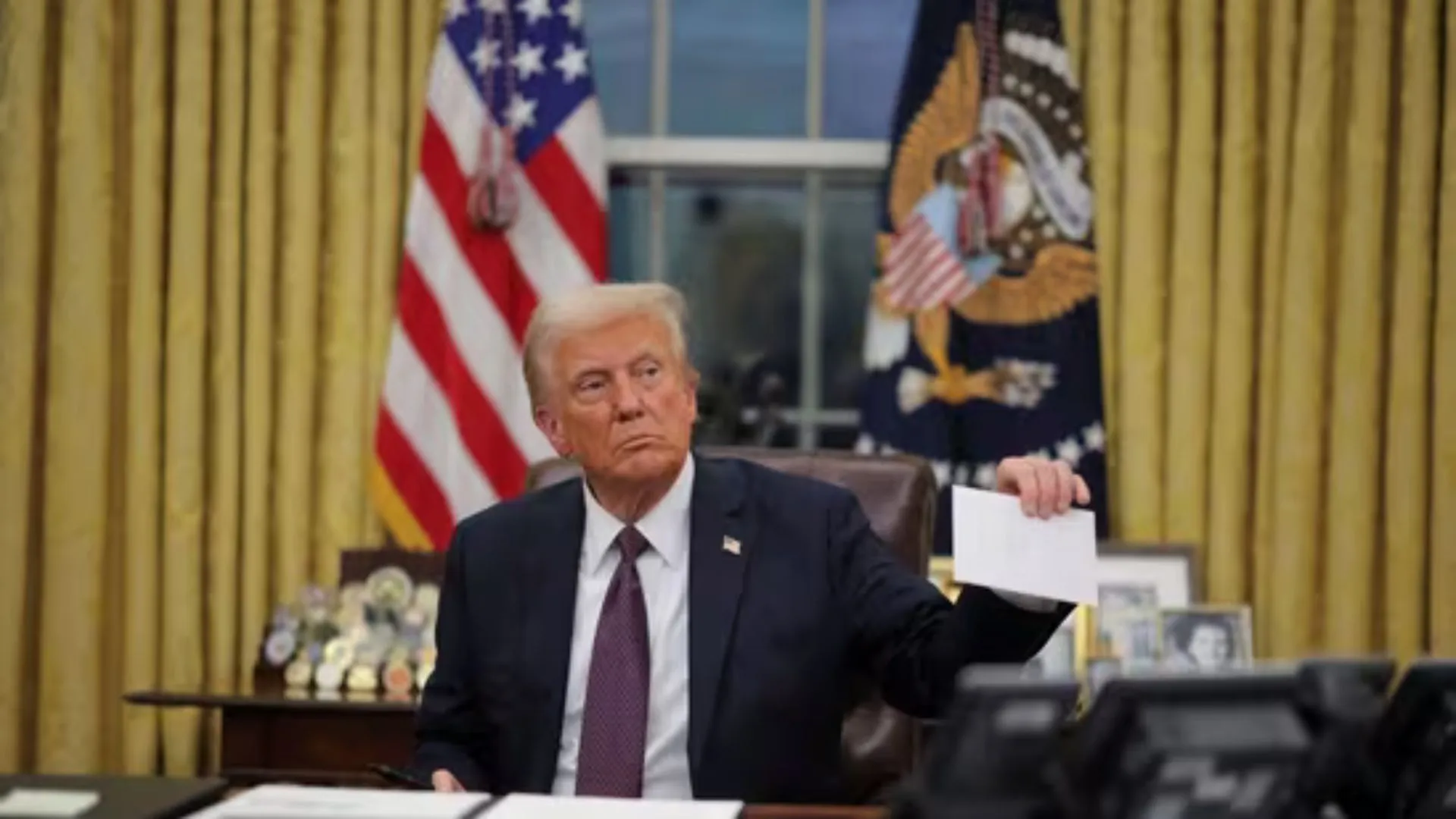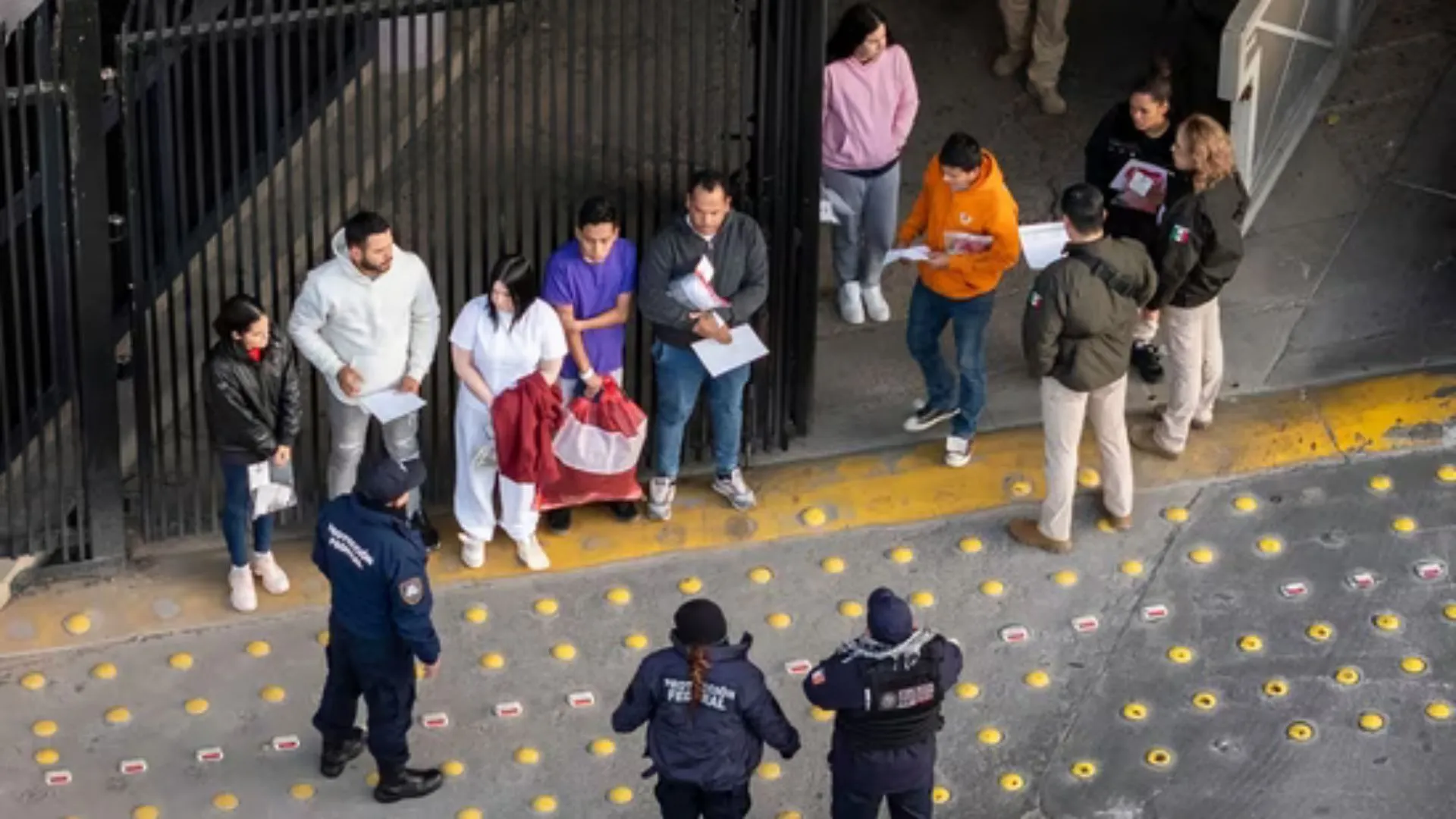It is heartening to note that the auctions of the coal bocks for commercial mining are currently going on smoothly. However, it was not so in 2014. There was a crisis at hand. The coal blocks that had been allotted during the past decade and a half came under the scanner. The Supreme Court cancelled all 204 blocks that had been allocated since 1993, terming such allocations ‘arbitrary’. It also ordered that 42 such mines as were producing coal would also cease mining after 31st March, 2015. The coal production in the country was lagging behind the demand. The decision of the Supreme Court implied that if necessary corrective steps were not taken immediately, the production of coal would suffer further impacting power generation & production of steel, cement & fertilisers.
What happened during 2014 and 2015 was nothing short of a miracle. No one expected the coal-mess to be cleaned up and a transparent process of coal block auctions to be put in place. The credit goes to none other than Vivek Bharadwaj, an IAS officer from West Bengal cadre who was a Joint Secretary in the ministry of Coal and who was designated as the Nominated Authority to carry out his onerous task amidst trying set of circumstances.
The Government had to act and quickly. The time available for putting in place alternative lessees to carry on mining in 42 blocks (with a peak rate capacity of 90 million tons) was only a few months. A legislation had to be passed to carry out this task. The Parliament was not in session. Hence, an ordinance was promulgated. It was promulgated within the deadline of 5 days and the ruleswere also finalized within a week thereafter. The ordinance sought to plug the ‘legislative gap’ and put in place a legal framework to manage the crisis. One of the primary objectives here was to ensure that the coal production did not suffer as a consequence of the cancellation of coal blocks. This was sought to be achieved through a transparent and expeditious allocation of coal blocks.
A transparent online auction process was put in place. It was not an easy task as mineral resources were being auctioned for the first time in the world. There was a time constraint as well as entities had to be found to carry on mining in the 42 mines where mining was to end on 31st March as per the SC’s orders. The ‘past’ of the Coal Ministry and the atmosphere of ‘distrust’ made the task difficult as there was reluctance at various levels to commit anything in writing. To make matters worse, the stakes were extremely high. A failure would have reflected on the credibility of the new Government. There was a debate about whether a judicial officer or an administrative officer should be appointed. Finally, Vivek Bharadwaj was given the charge. Much of the credit for the success of the coal block auctions should go to this officer for his clear understanding of issues, his out-of-the-box thinking, meticulous planning and for getting all the stakeholders on board. SBI Caps was engaged as Transaction Advisor to finalise various documents and to assist in evaluating bids. MSTC created the first electronic platform for bidding in record time.
A two-stage online auction process was put in place by Vivek and his smallteam of just three members. The entire database of coal mines (including Geological Reports) was made available in electronic format to the bidders. The bidders could bid only for such mines whose documents they purchased online. Eligibility criteria for bidding were simple & objective.
The real challenge was the auction design. The success of the auction lay in being able to find successful bidders for all mines on offer and to ensure that industrial production did not suffer. Power tariffs could not be allowed to rise due to the auctions. For this purpose, a ‘reverse auction’ mechanism was designed.
For the e-auction, the new floor/ceiling price was the highest/lowest IPO received from the technically qualified bidders. The initial e-auction window was for 2 hours with auto-extending option of 8 minutes each till bids ceased within that period.
Transparency was key to these auctions. All technical bids were opened in the presence of the bidder and displayed on-screen. Auction proceedings were webcast live for the first time.
The successful auction and allotment not only met the requirements of the end-use sectors like iron and steel, cement and power, including captive power plant (CPP), but also generated a significant amount of revenue for the concerned State Governments through e-auction proceeds, royalty and upfront payment.
It was a classic example of ‘cooperative federalism’ where all the revenues and benefits accrue to the states or the consumers and none to the Central Government. Intensive interactions were held with all the concerned State Governments to keep them on board. It helped in the conversion of the ordinance into legislation subsequently, even at a time when some of the states were opposed to the Central Government on several other issues.
There were legal obstacles as well. Companies went to Court challenging both the bidding methodology and various sections of the Act. At one time there were more than a hundred cases. It goes to the credit of the then Additional Solicitor General, Sanjay Jain & his team that they ensured that the Government won all cases and no stay was granted impacting the auction schedule. Vivek was personally present at all hearings.
The coal block auctions clearly demonstrated that the transparent use of IT applications could help in realising/determining ‘fair’ value of natural resources. Outsourcing activities to expert bodies like SBI Caps, CMPDIand MSTC contributed substantially to the success of the auctions. What made a difference was taking the stakeholders on board. It enabled fast-tracking of various processes. The group made a lot of mistakes as it went along. However, there was a candid admission of such mistakes and corrections were made. Finally, what really mattered was ‘walking the walk’. The auction process was completed 8 days before the deadline.
Vivek and his dedicated team demonstrated that irrespective of the challenging set of circumstances, it can be made-to-happen. It is all a question of clarity of thought, focus, meticulous planning, commitment, transparency and effective use of technology. It is gratifying to note that the platform & processes created by this team has been used successfully for all subsequent auctions, including the ongoing auctions for commercial mining. It was also the model adopt by State Governments for auctioning non-coal Mines.
The successful auction and allotment not only met the requirements of the end-use sectors like iron and steel, cement and power, including captive power plant, but also generated a significant amount of revenue for the concerned state governments through e-auction proceeds, royalty and upfront payment.
Anil Swarup has served as the head of the Project Monitoring Group, which is currently under the Prime Minister’s Office. He has also served as Secretary, Ministry of Coal and Secretary, Ministry of School Education.























